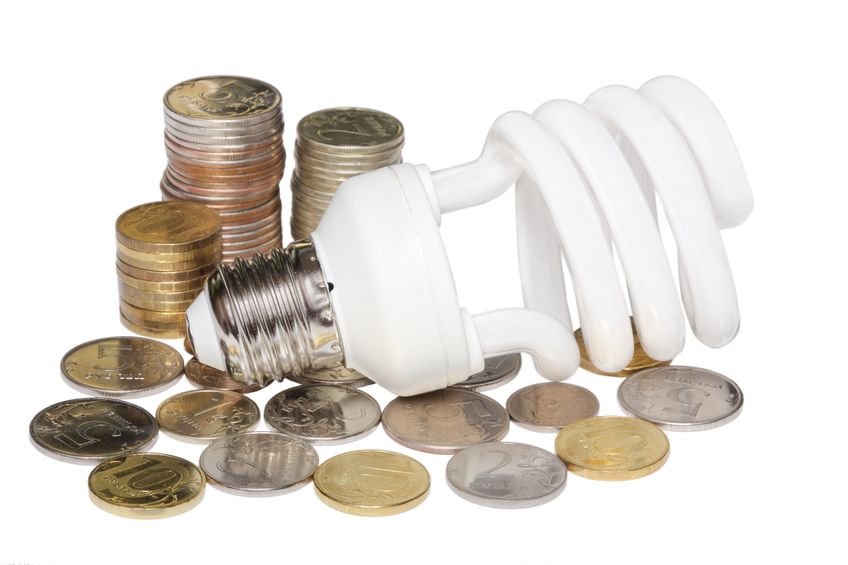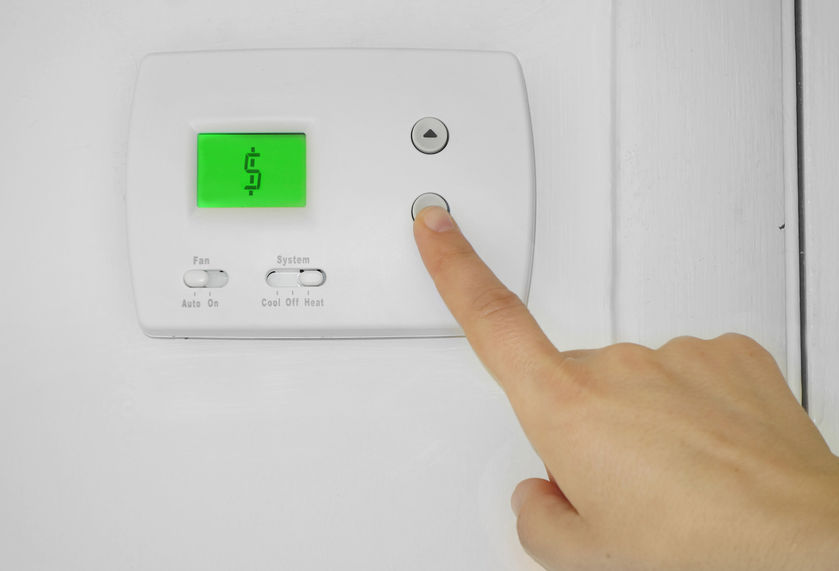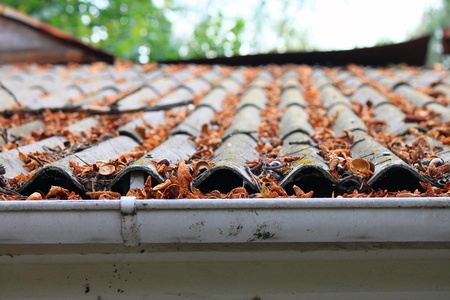Home Energy Savings Tips
Home energy savings tips. Of course, you want your home to be warm and cozy during the winter months, and cool and comfortable during the dog days of summer.
But you also want to keep your energy use under control so that you can keep your bills under control. Energy-smart day-to-day living is easier than you might think. Save cold cash year-round with these simple home energy savings tips.
Home Energy Savings Tips for Heating and Cooling
If your home's heating or cooling unit is more than 15 years old, you might want to replace it with one of today's energy-efficient models.
The newer models, which are better insulated and have motors that require less maintenance, pay for themselves in energy savings, frequently in as little as five years.
If you're not ready to make such a large purchase, you can wrap insulation around heating ducts.
But first check your ductwork for dirt streaks, especially near the seams. A streak indicates an air leak, which needs to be sealed with metal-backed duct tape before adding an insulating jacket.
If the furnace ductwork appears to have been insulated and you think it might contain asbestos, make sure you have a professional test it before you begin.
If asbestos is present, have it wrapped with duct-pipe insulation to protect you and your family.
Home Energy Savings Tips During the Day
Being home during the day usually lead to higher energy use, but there are a few steps you can take to help offset your increased energy use:
- Open your blinds to take advantage of natural light during the daytime
- Unplug any electronics that aren't in use, and use a power strip to turn off multiple devices quickly
- Set your refrigerator temperature to 38 degrees F.
- Make sure to only run full loads in the dishwasher
Set the thermostat at 68 degrees F. (20.C) or lower during the day, and set it at 55 degrees F. (13C) at night or when you're away.
For every degree you lower your thermostat, you'll save 3 to 5 percent on your monthly heating bill. Consider installing a thermostat with a built-in timer.
While you can easily adjust the thermostat yourself to comfortable temperatures, it's more efficient to have a system that does it for you automatically.
Don't place the air-conditioning thermostat near lamps, appliances, or in direct sunlight. Heat in these areas is sensed by the thermostat and could cause the air conditioning to run longer than necessary.
Lighten Up for Energy Savings
Since energy use for lighting accounts for some 10 percent of your electric bill, you can save by lightening up on your wattage.
 Home energy savings tips- lighten up on the wattage for energy savings.
Home energy savings tips- lighten up on the wattage for energy savings.If you're using 100-watt bulbs where 60-watt bulbs would do, consider replacing them for energy savings. Or switch to fluorescent bulbs that screw into standard sockets.
Lighten up on your interior decorating, too: Pale colors for walls, draperies, rugs, and upholstery reflect light and reduce the number of lamps needed to light a room adequately.
Outdoors, replace incandescent lighting with high-pressure sodium or outdoor fluorescent bulbs for additional savings. Or try solar-powered pathway lamps (with batteries that store photovoltaic energy for nighttime use) or high-efficiency sodium lamps for security lighting.
Cooking Up Savings in the Kitchen
Safe and Warm
The traditional home hot-water setting of 140 F (60 C) can scald skin - a particular danger if there are young children in your household. So what's the solution? Turn down the thermostat on your water heater to ensure that the mercury doesn't top the now-suggested 120 F (49 C). Your family will bathe safely, and your energy bill will be lower.
It's quite easy to cook up energy savings in the kitchen. If you keep range-top burners and reflectors clean, they'll reflect the heat better and require less energy for cooking.
If you cook with electricity, turn off the burners several minutes before the end of the allotted cooking time. The burners will stay hot long enough to finish the job without using any more electricity.
When you have a choice between using the range top and the oven, go with the former to save energy.
If you use the oven, open it sparingly; each time you open it, heat escapes, and the oven will use even more energy to maintain the temperature.
Use a pressure cooker and a microwave oven whenever possible; both save energy. When boiling water, keep a lid on the pot; water boils faster when you use a top to hold in the heat.
Making Your Washing Machine Energy Efficient
Here are five easy ways to make your washing machine energy efficient:
- Set your water heater at 120 degrees F. Every 10-degree reduction in water temperature will cut the cost of washing clothes by up to 13 percent.
- Really dirty duds? Use the presoak or soak cycle. You'll avoid two washings and save energy.
- Don't use too much laundry detergent. Over-sudsing causes your machine to work harder and use more energy.
- Don't overwash clothes. Delicate clothes don't need as long a wash cycle as dirty play clothes.
- If your washing machine is more than 10 years old, it's time to replace it with an Energy Star-rated appliance. Many of the newer machines use up to half the water and two-thirds less energy. Your pocketbook will thank you.
- Clean Home
- Home Maintenance
- Home Energy Savings Tips























